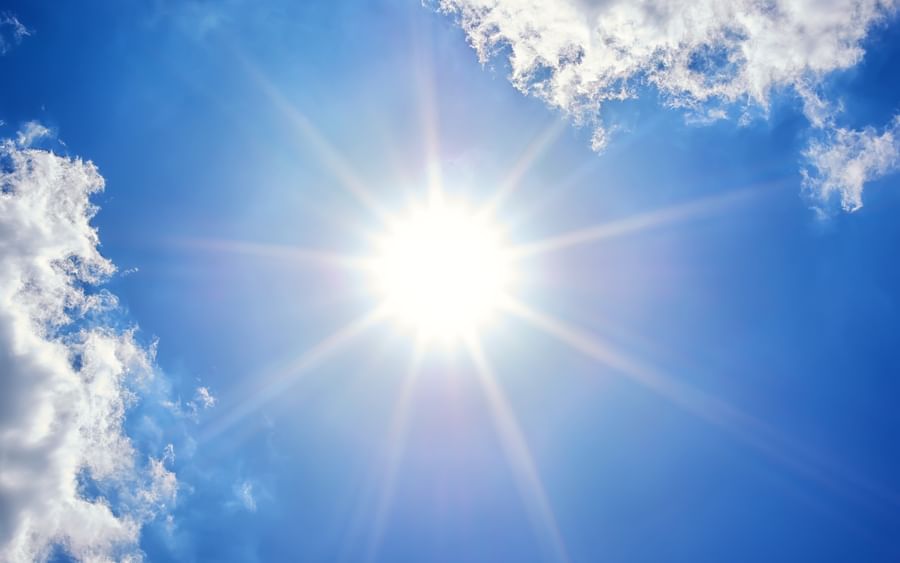When unprotected skin is exposed to UV levels of 3 and above, it can damage the DNA in our skin cells. This damage is largely irreversible and cumulative, increasing the risk of being diagnosed with skin cancer. UV exposure can also cause sunburn, tanning premature ageing, and eye damage.
UV radiation cannot be seen and, unlike infrared radiation (heat), we cannot feel it either. UV levels are not related to air temperature and high levels of UV also occur on cool and cloudy days. Therefore, weather cannot be used to determine the need for sun protection.
In South Australia, the UV reaches 3 and above from August to May – which means sun protection is required to protect your skin.
Download the SunSmart Global UV app
You can use the free SunSmart Global UV app from anywhere in the world to check the daily UV levels and recommended sun protection times for your location each day.
The daily sun protection times are reported to let us know the times of the day the UV index will reach 3 and above, and are helpful to know when we should Slip, Slop, Slap, Seek and Slide.
Add the free SunSmart UV widget to your website
You can add the free SunSmart UV widget to your website to see the UV levels and sun protection times for your location without having to open the SunSmart app.
It uses forecast information from the Bureau of Meteorology and live UV data from the Australian Radiation Protection and Nuclear Safety Agency to provide sun protection times for 60 locations across South Australia.

